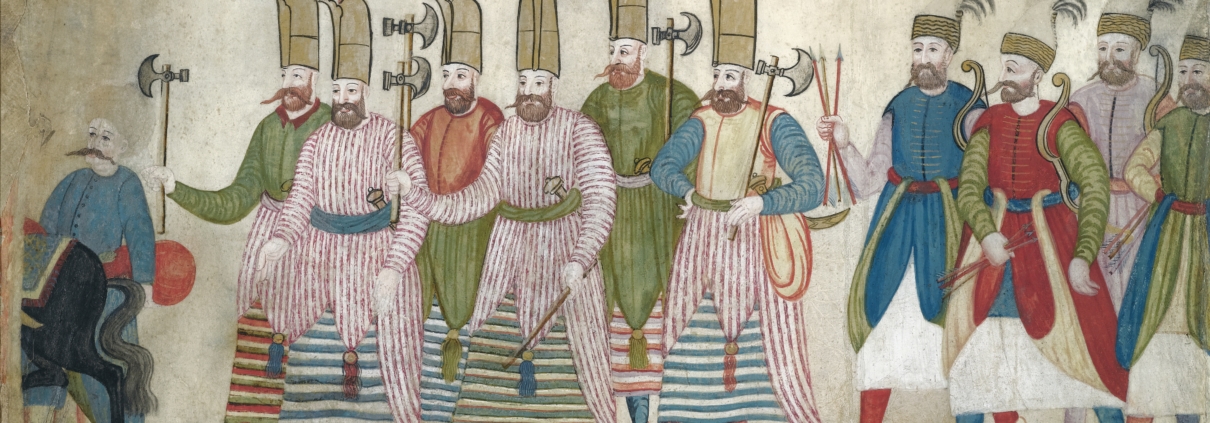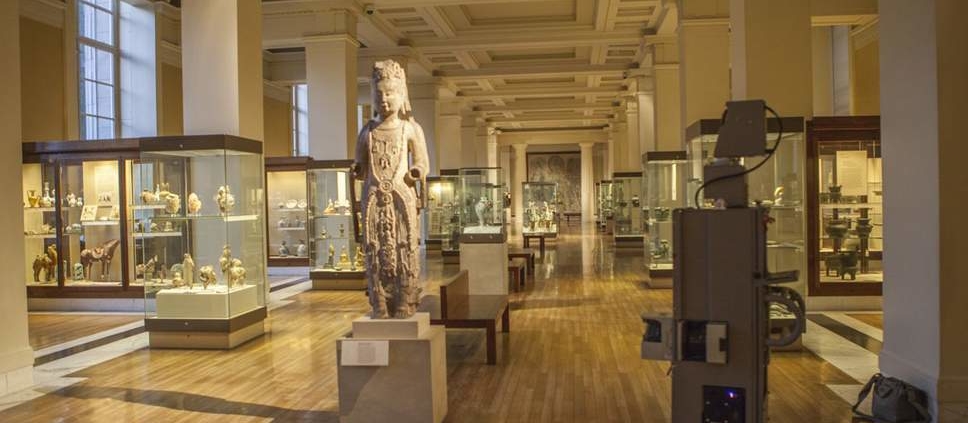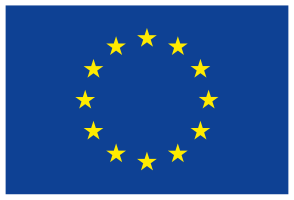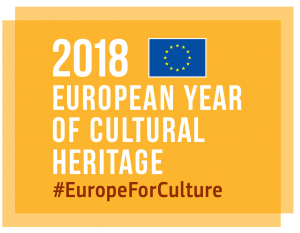What is Cortodorico?
Born as a national short film competition it has become, over the course of 15 editions, one of the most awaited events by authors and lovers of auteur cinema in general and, in particular, of civic engagement. For a week, Ancona hosts directors from all over Italy and the world with projections, meetings and master classes.
How does it concern #CultureLabs?
Every year, COOSS (one of CultureLabs partners) devolves a cash prize and a plaque for the best short for social engagement.
In the XV edition COOSS devolved the prize to “The View From Up Here” by Marco Calvani (please find here the trailer: https://www.youtube.com/watch?v=GtjdC-DCBgE), touching the theme of integration and acceptance of social diversity, described in the story of a Syrian girl and her Italian neighbor.

In this last edition, 3 out of the 12 awards were assigned by vote from the following juries:
Citizens, Youth and Prison Inmates of the penitentiary institutes of Marche Region.
Social Engagement has a key-role for CortoDorico since it involves and actively engages the community, as well as disadvantaged subjects in the shorts assessment and in the winners’ selection.
Corto Dorico is designed and managed by the cultural association NieWiem, supported by local authorities (Municipality of Ancona, Marche region), national bodies (Mibact – General Directorate for Cinema) and other stakeholders (Cooss Marche, Università Politecnica delle Marche, Amnesty International Italy).
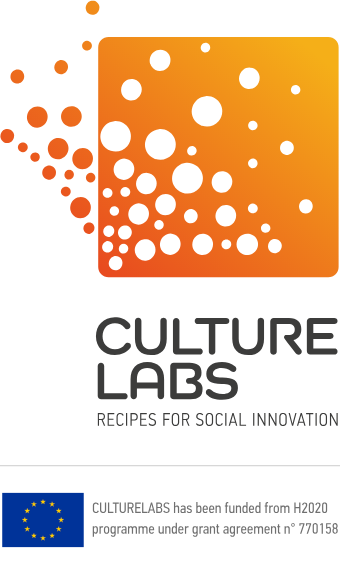


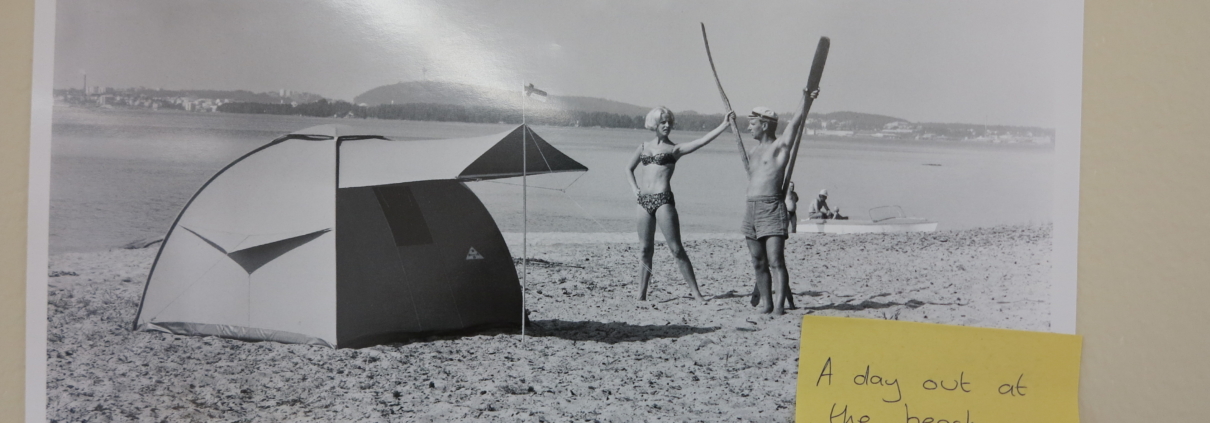 @Picture: UA Saarinen, Museovirasto - Finnish Heritage Agency Picture Collections. Photo: Inkamaija Iitiä
@Picture: UA Saarinen, Museovirasto - Finnish Heritage Agency Picture Collections. Photo: Inkamaija Iitiä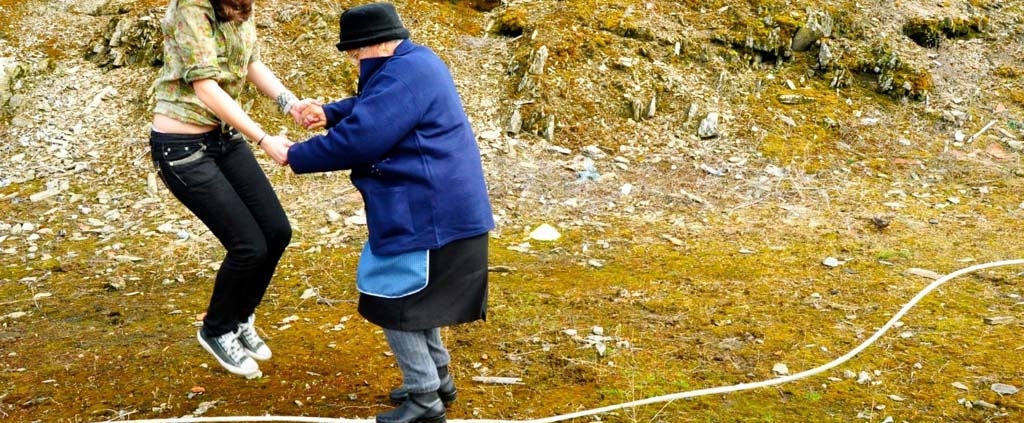 http://www.europeanheritagedays.com/Story/b8756/Intergenerational-heritage-between-C%C3%B4a-(Portugal)-and-Siega-Verde-(Spain)
http://www.europeanheritagedays.com/Story/b8756/Intergenerational-heritage-between-C%C3%B4a-(Portugal)-and-Siega-Verde-(Spain)